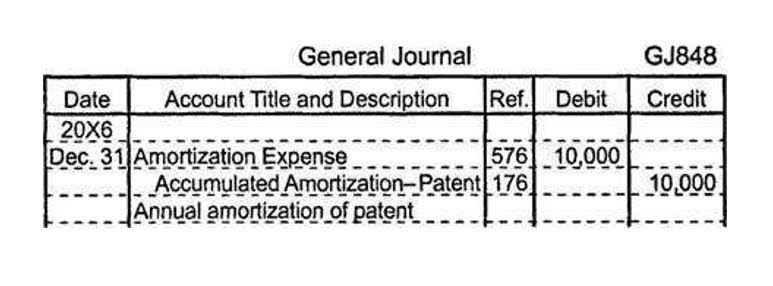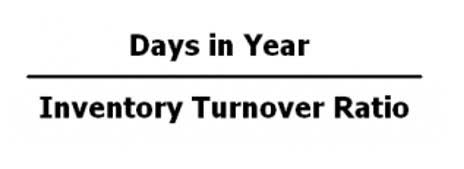
Web responses experienced a boost by 14 percent to 36 percent of all CFC responses, the highest percentage obtained since the adoption of the dual platform design in 2010. This result showcased the importance of having surveys available on multiple platforms for versatility, especially when encountering unexpected events like the pandemic. As table 9 shows, funding costs across the three specialties did not differ much in 2021. Business lenders had the highest funding costs at $1.64 per $100, while consumer and real estate lenders had lower funding costs at $1.06 and $1.14 per $100, respectively. Funding costs decreased substantially since 2015, with the overall funding costs in 2021 being nearly half of 2015 levels.
Supply chain finance

This is attributed to fact that recourse invoice factoring is less expensive than non-resourcing invoice factoring. Recourse factors can offer higher advances and lower factor fees while Grocery Store Accounting purchasing invoices under recourse factoring facilities. Moreover, recourse factoring requires personal guarantee of management or owners as owners must maintain liquidity to purchase back any non-performing accounts receivable taken as collateral by the factor. The 2020–21 survey is the most recent of the five-year benchmark surveys on the finance company industry by the Board of Governors of the Federal Reserve System.
A Comparison of the USA and the UK Factoring and Invoice Finance Sectors
- This creates a win-win situation for SMEs and large banks to prosper in the invoice factoring business.
- They are offered through banks, credit unions, online lenders and other non-bank, alternative lenders.
- The legal distinctions between factoring and invoice finance in the UK and the USA have significant implications for businesses operating in these jurisdictions.
- The primary advantage for businesses using alternative financing is the ability to access capital quickly and efficiently.
- If their estimated size was $1 billion or more or was unable to be determined given limited information available, then entities would be selected with certainty for nonresponse follow-up.
- In addition, the increased awareness and understanding of supply chain financing benefits contribute to market expansion, like business invoice factoring.
Unlike factoring, where the debtor is notified of the assignment and the factor collects the debt directly, invoice accounting discounting is carried out without the knowledge of the debtor. This confidentiality preserves the business relationship between the seller and the debtor. It is important to note that Scottish law deviates from the rest of the UK, as notification to the account debtor is required for the assignment to take place. Set up your invoicing parameters directly in your CRM, including payment terms and delivery schedules for each customer. Once these details are configured, your invoicing process will run automatically based on the latest customer data, with no need to maintain separate billing records or manually update multiple systems.

Factoring

The market offers diverse factoring options, including recourse and non-recourse factoring, spot factoring, and full-service factoring. Regional variations exist in terms of market adoption and growth opportunities, with North America, Europe, and Asia Pacific being key regions. One of the key highlights of the invoice factoring market is the Asia-Pacific region, which is expected to experience the highest compound annual growth rate (CAGR) of 11.37% throughout the forecast period. This growth can be attributed to the expanding manufacturing sectors in countries such as India and other Southeast Asian nations. Non-Banking Financial Institutions (NBFIs) are expected to grow at the highest CAGR during the forecast period. The growth in the fintech companies and non-banking financial startup companies, such as Coinbase, Ripple, and Toast, Inc., among others, is the major factor propelling the growth of the market in the U.S.
Flexible Terms
- The USA and the UK are both major markets for factoring and invoice finance, which are forms of receivables financing that allow businesses to access capital based on their unpaid invoices.
- Business lenders had the highest funding costs at $1.64 per $100, while consumer and real estate lenders had lower funding costs at $1.06 and $1.14 per $100, respectively.
- In 2020, the market was valued at over $3 trillion, and it is projected to reach $5 trillion by 2026.
- Once the client pays the invoice, the finance provider forwards the remaining balance to the business, minus a small fee for the service.
- We give you an option to include 3-4 additional company players of your choice in our report without any extra charges.
- Consumer lending decreased to $922 billion and real estate lending to $332 billion, about a 3 percent and a 11 percent decrease, respectively.
The rise of the market will be fueled by factors like easy access to funds, the protection provided by a bank subject to regulation, and more affordable rates. The invoice factoring market has witnessed significant growth in recent years, driven by the increasing need for working capital and efficient cash flow management among businesses. Invoice factoring, also known as accounts receivable factoring, is a financial service that enables businesses to convert their outstanding invoices into immediate cash. invoice financing This process involves selling the invoices to a third-party factoring company at a discounted rate, allowing businesses to access funds quickly and avoid waiting for payment from their customers. Invoice factoring helps to increase revenue for a company by notifying loan servicers about outstanding payments or approaching due dates and facilitates follow ups, online payments, and offline collections. In addition, it helps in ensuring accuracy in calculating repayment, interest, and the principal amount.
- In fact, reliance on bank loans for funding increased since 2015, with 28 percent of funding coming from bank loans.
- The report analyzes the profiles of key players operating in the invoice factoring market such as Adobe, American Express Company, Barclays Bank UK PLC, ICBC, Intuit Inc., Lloyds Bank, Porter Capital, Sonovate, Waddle, and Velotrade.
- When businesses are no longer constrained by delayed payments, they can allocate resources towards strategic initiatives such as product development, market expansion, or hiring additional staff.
- Small businesses often face challenges in maintaining a consistent cash flow, especially when clients have lengthy payment terms or delay payments.
- The main components are 1) Factoring and invoice discounting 2) Supply chain finance 3) Trade receivables securitisation.
- The study includes porter’s five forces model, attractiveness analysis, product analysis, supply, and demand analysis, competitor position grid analysis, distribution, and marketing channels analysis.
